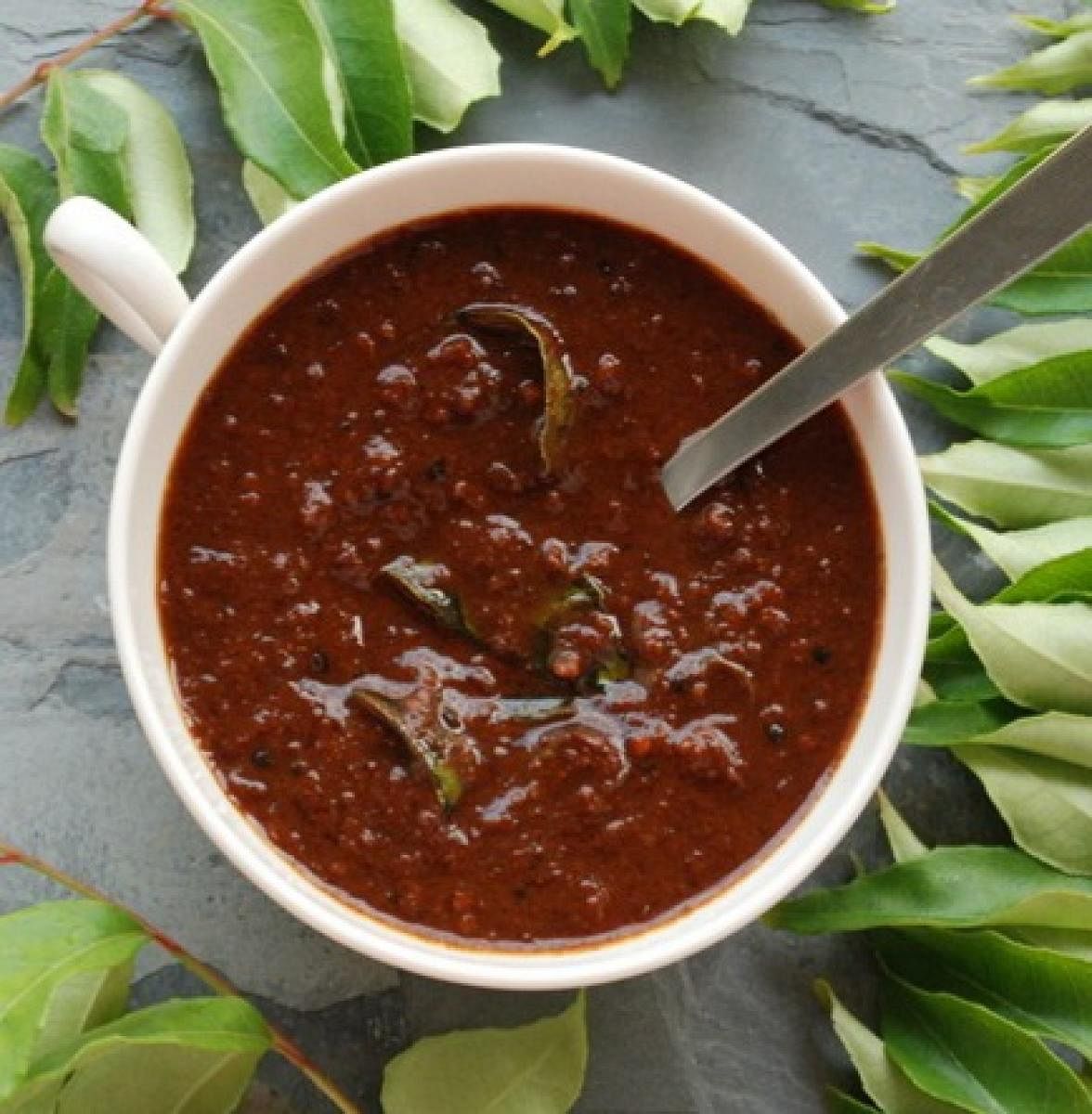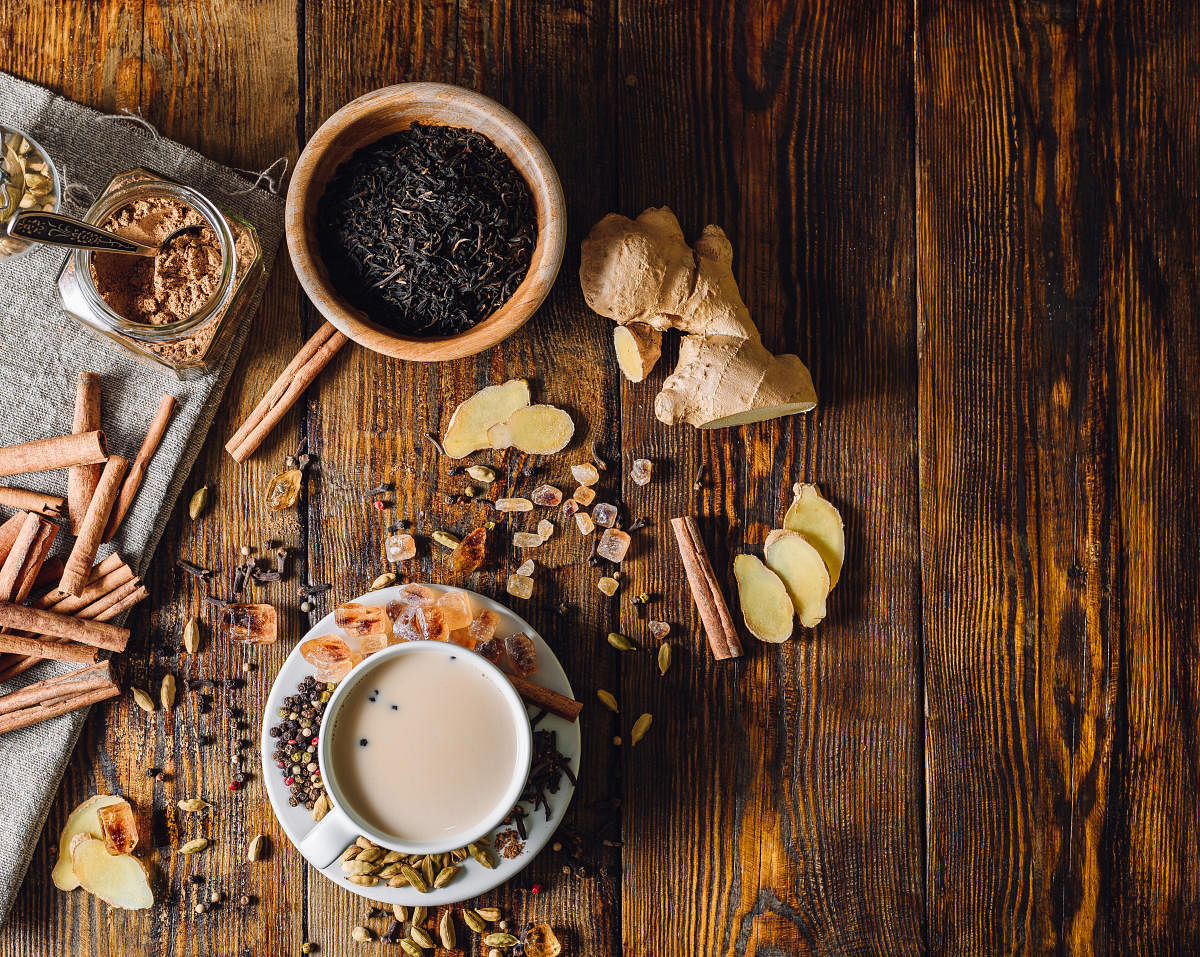

Ginger can be potent, pungent and perky, all at the same time. It’s no wonder that its innumerable health benefits have found a mention in ancient texts from India, China, and the Middle East. The rhizome (underground part of the stem) is the part we use to spice our food in so many different ways. In India, ginger is used not just as a paste in curries but as powder, fresh chunks, oil, or even juice in dishes. The unique fragrance and flavour of ginger come from its natural oil called gingerol. This oil is responsible for much of ginger’s medicinal properties.
Ginger is known to effectively improve heart health, reduce nausea, vomiting sensation, help reduce chronic indigestion, slow down blood clots, reduce blood pressure, and blood sugar, but going overboard can reverse its very goodness. Ginger appears to be effective in reducing menstrual pain if consumed at the beginning of the menstrual period. Research suggests that ginger’s daily intake helps lower the risk of chronic heart conditions by lowering hypertension and even preventing heart attacks.
A hearty cup of ginger tea, popularly called adrak wali chai with steaming hot Irani samosas, is indeed a perfect evening snack. Do try this simple adrak chai to cheer your throat.
Hyderabadi Adrak Wali Chai/Hyderabadi Ginger Tea
Ingredients
Milk: 350 ml
Water: 200 ml
Ginger: 25 grams
Jaggery/Sugar: 1–2 tsp (as per taste)
Masala tea powder: 1 tsp (Preferably use tea leaves and not tea powder)
Method
Heat water and milk till the mixture comes to a boil.
Add the jaggery/sugar, tea leaves and ground ginger.
Boil for 2-3 minutes.
Strain and serve hot.
Note for plant lovers: Strain the tea leaves and wash them three times. Remove excess water. Air-dry this for a few hours before you put them in a mud pot with a lid. Continue till the pot is full. Organic tea manure for plants is ready. The tannic acid in tea leaves helps balance the PH level of your soil. And the high level of nitrogen will keep your garden lush and green.
Grow your herb & spice
Growing any root like ginger is not very difficult. Choose wrinkle-free ginger that has good visible eyes. Divide them into several small pieces, ensuring each piece has at least 2-3 eyes.
Allow to air dry for 2-3 days. Soak for half a day and then place the bulbs in a clean cloth and spray water to wet the cloth. Cover and set aside for two days. Prepare a medium-sized pot with well-draining soil and any compost of your choice. Place ginger bits and cover with 1-inch soil. Water well, but do not make the soil over-soggy. After a month, transfer the individual bits that would have grown by now into bigger pots.
Regularly feed the plant with compost.
In nine months, you can enjoy the fruits of your labour as ginger will now be easily available in your kitchen garden.
Ginger powder
Sun dry de-skinned and chopped ginger for 3-4 days. The number of days might vary depending on the weather.
They must be crisp and have no moisture. Alternatively, bake @ 200 degrees for 2-3 hours. If you are baking, ensure you cool the ginger bits well before grinding them in a mixer.
Powder the dried bits and collect the freshly ground ginger powder in a sterilised jar. Homemade ginger powder is ready to spice your dishes.
(The writer is the author of the cookbook Manna: Your Guide to Indian &Continental Cooking which is a result of her culinary journey during which she documented some of the most sought-after heritage recipes of India and elsewhere.)
One ingredient, one recipe
This column will celebrate food and explore the possibility of forming an invisible chain that will bind us together as a family. Picking the most important ingredient of ‘love,’ we would want readers to send us a unique recipe that has either a childhood memory attached to it or, an interesting fact, or even a food philosophy they learned from their ancestors. We will hand-pick one unique recipe and publish it along with this column the following month. Please share your heritage recipe and story in 300 words with “Food Family: Love” mentioned in the subject line to dhonsunday@deccanherald.co.in by July 26.
A tangy saviour
A century-old treasure, this recipe gives a glimpse into what our elders consumed to cure sickness naturally. The recipe — Ginger gojju — is seven centuries old. History tells us that long back Panchami had prepared this for Saint Vararuchi. This recipe is in fact equal to thousand other recipes and is an unmissable part of Onam sadya. Ginger, an antioxidant, has rich nutritious value. It helps to boost our immunity and prevents high blood pressure. It might be why, most of the time, when any one of us got sick, my mom used to prepare this dish for us. We were constantly amazed at how this dish gave us instant relief. Especially when we had irritation in our throat, my mom would be swift to prepare this dish. The pungent aroma that filled the house when she sorted ginger still lingers in my mind. It’s a perfect combination with rice soup or kanji.
Ingredients
Ginger: 2 big pieces
Tamarind: 1 cup
Onion: 1 medium-sized (finely chopped)
Chilli: 1 finely chopped
Chilli powder: 1 tsp
Fenugreek powder: a pinch
Jaggery: 2 small pieces
Salt: a pinch (if needed)
Curry leaves and dry red chillies to garnish
Method
Dry roast the ginger in a kadai. It is better to avoid oil to make it healthier. Roast the ginger till it becomes dark golden in colour. Once the mixture cools, grind it into a fine paste. In the same kadai add oil and fry the finely chopped onions and chillies till they become golden brown. Add the tamarind water, chilli powder, fenugreek, salt and allow it to boil. After that add the fine paste of ginger and jaggery. Garnish it with curry leaves and dry red chillies. Serve hot.
(Recipe courtesy Akhila Sajinath.)